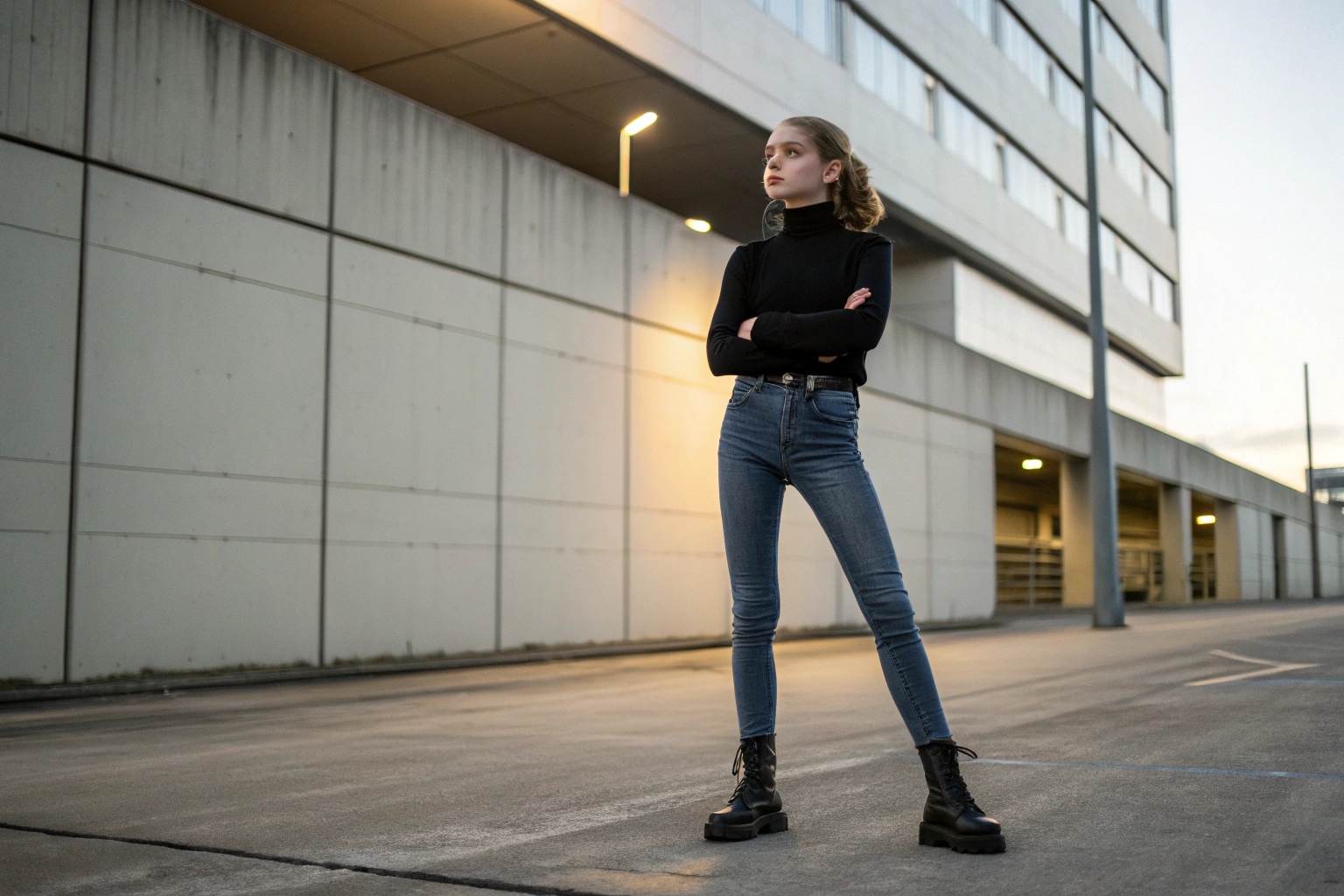You might see a teenage girl wearing a crop top or a short skirt and wonder: is this about fashion, identity, or something deeper?
Many girls wear revealing clothes as a form of self-expression, influenced by peers, media, and personal comfort—often more than rebellion or attention-seeking.
If you’re trying to understand what’s behind these choices, you’re not alone. Let’s explore the social, emotional, and cultural layers behind girls’ modern fashion trends.
What Influences Teen Girls’ Fashion Choices?
Teen girls stand at the intersection of identity formation, social pressure, and emotional growth. Clothing becomes a crucial part of how they shape and show who they are.
Girls often choose shorter or tighter clothes due to peer influence, current fashion trends, body image perception, and a desire for personal autonomy.
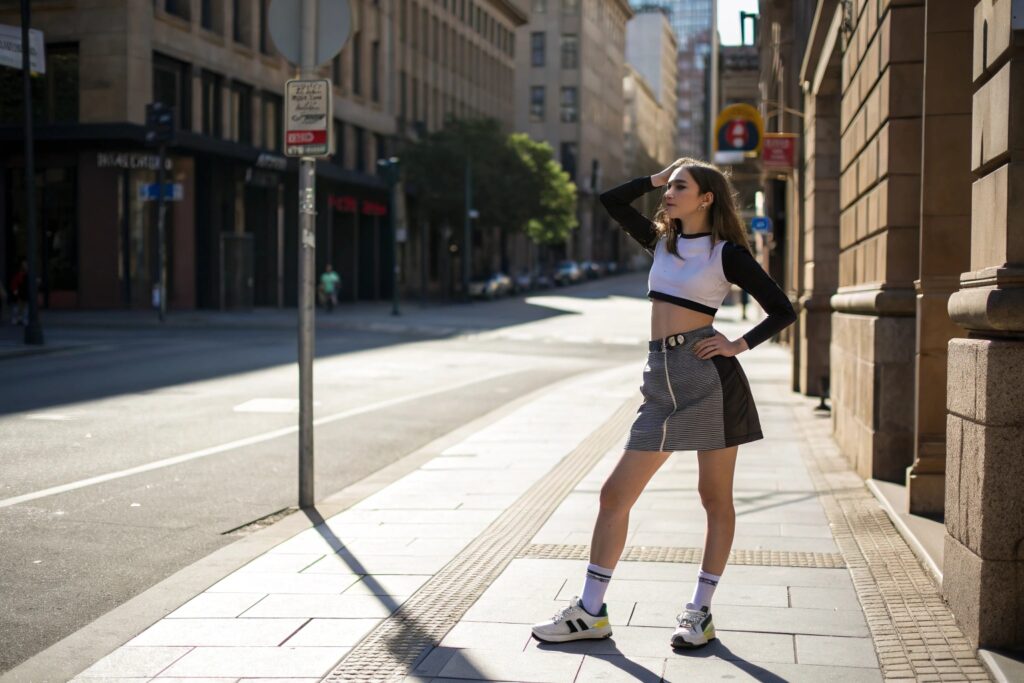
Why do teenage girls gravitate toward certain clothing styles?
From age 11 onward, girls become more aware of appearance. They start comparing themselves to others and looking for ways to “fit in.” Trends, friend groups, and what’s popular at school influence them heavily. If everyone’s wearing bike shorts and cropped sweatshirts, they want to do the same.
Some girls also see fashion as a statement: “This is who I am.” They might choose outfits that feel edgy, stylish, or mature. These choices reflect their desire to be seen—not just physically, but emotionally and socially.
Comfort matters too. Some girls say crop tops and fitted outfits help them feel more “themselves,” while baggy clothes feel awkward or shapeless. What’s revealing to an adult may feel normal to a teen.
How does puberty affect fashion choices?
Body changes during puberty play a big role. As girls become more aware of their developing bodies, they may choose clothes that highlight or cover certain features. Some feel empowered by fashion that fits their new shape. Others just want to dress like their friends and not stand out.
Here’s a breakdown:
| Influence | Fashion Behavior |
|---|---|
| Peer Group | Dress to match social norms |
| Body Awareness | Choose clothes that fit current shape |
| Comfort | Favor styles that feel good physically |
| Autonomy | Assert independence through style |
How Media Shapes Girls’ Clothing Preferences
Scroll through TikTok or Instagram, and you’ll see a constant stream of fashion images. Media doesn’t just reflect trends—it sets them.
Media has a major influence on how girls dress by promoting body ideals, glamorizing adult styles, and presenting revealing outfits as normal and aspirational.
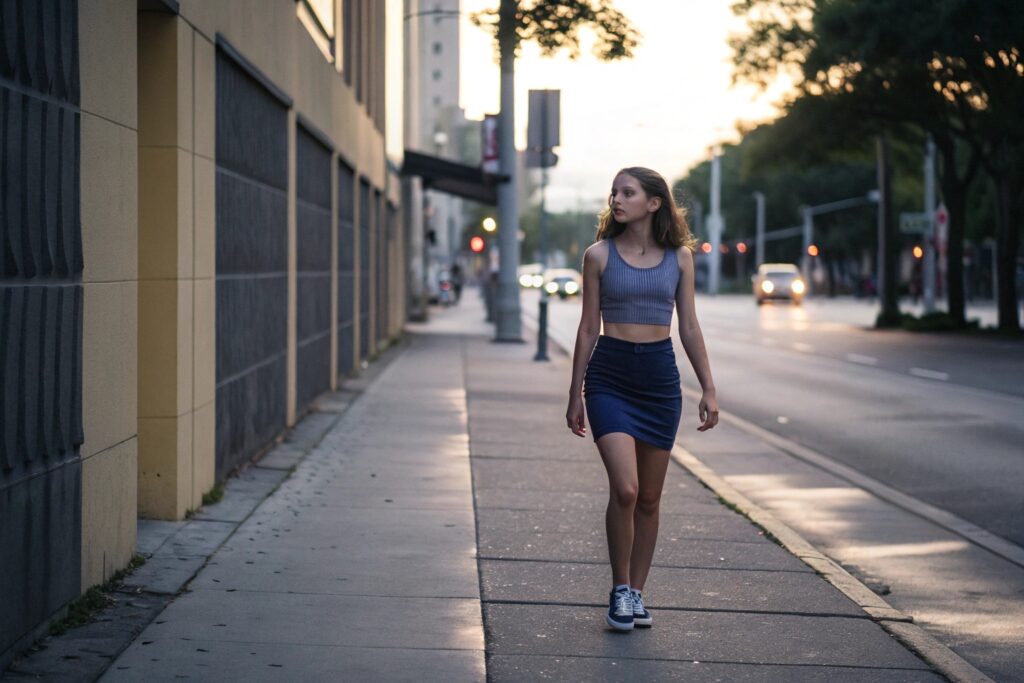
How do social media trends influence clothing choices?
Social platforms like TikTok, Instagram, and YouTube are full of influencers showing off trendy outfits. These creators often wear form-fitting, minimalist clothing that emphasizes their bodies. Teens imitate these looks not because they want to be “sexual,” but because these styles are seen as fashionable and admired.
Fashion hauls, “Get Ready With Me” videos, and dance trends all spotlight cropped tops, leggings, short skirts, and other fitted pieces. The more a girl sees these clothes praised, the more she wants to try them out herself.
Fashion inspiration today is digital, constant, and global. A 14-year-old girl in Michigan can adopt a style trend popular in Seoul or Paris within days—thanks to her feed.
What role does celebrity culture and advertising play?
Celebrities often set the tone for mainstream fashion. Whether it’s music videos, red carpet events, or streetwear photos, many outfits show skin. Brands market these looks to younger audiences, shrinking sizes or copying designs in teen lines.
Girls are taught—directly or indirectly—that being fashionable often means being bold, confident, and body-aware. Clothing becomes a way to emulate the confidence they see in stars like Zendaya, Olivia Rodrigo, or other public figures.
Here’s a quick comparison:
| Media Channel | Fashion Message |
|---|---|
| TikTok | Fast, trendy, youthful |
| Polished, aspirational, curated | |
| Music Videos | Glamorous, daring |
| Ads | Body-centered, appearance-driven |
Is Self-Expression Driving Style Trends Today?
Not all fashion choices come from pressure. For many girls, revealing clothes represent confidence, creativity, and control over their own image.
Yes, self-expression is a core reason many girls wear modern or revealing styles—they want to define themselves on their own terms.
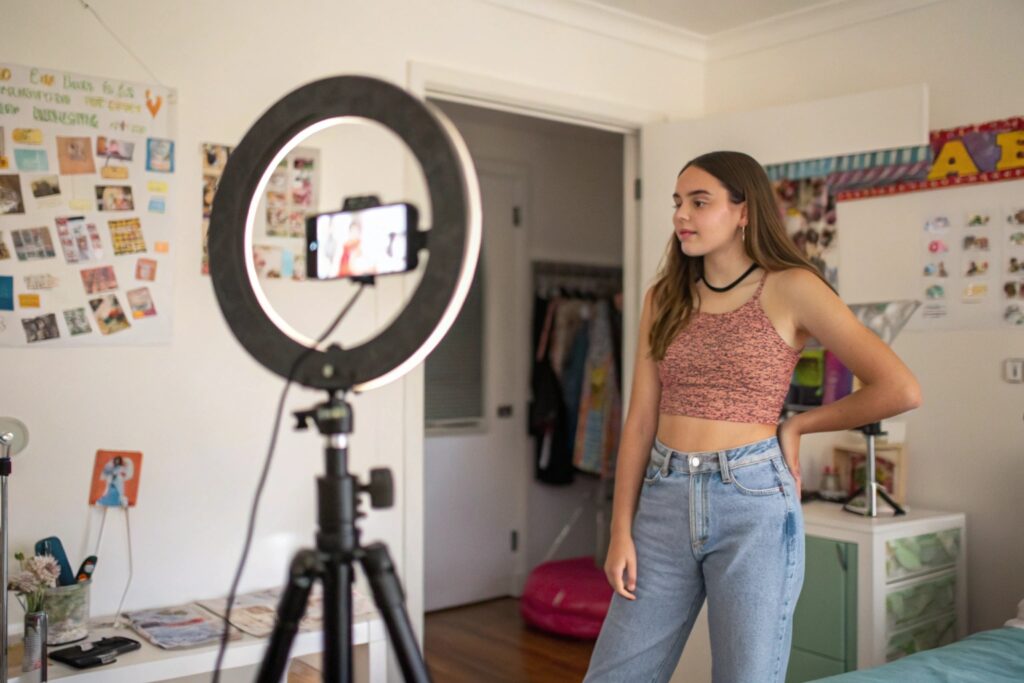
How does clothing act as a form of identity for girls?
Teenagers are figuring out who they are. Every choice—hairstyle, playlist, phone case, and yes, clothes—is part of that exploration. When a girl chooses an outfit, she’s often asking: “How do I want the world to see me today?”
For some, it’s sporty and laid-back. For others, it’s dramatic and artsy. Revealing clothes might signal maturity, boldness, or pride in their body. It’s not always about sexuality—it’s often about style, freedom, and the desire to feel in control.
When I spoke with a high school counselor, she shared how many students wear shorter clothes because they “finally feel like themselves,” not because they want to attract attention.
How should adults respond to self-expression through fashion?
Instead of reacting with judgment or fear, adults can ask open-ended questions:
- “What do you like about that outfit?”
- “Does that style make you feel strong or confident?”
- “Do you feel comfortable in that?”
These questions show respect and curiosity, not control. That builds trust and helps girls reflect on their choices, rather than hiding them.
Summary chart:
| Expression Type | Fashion Impact |
|---|---|
| Identity | Outfits reflect evolving self-concept |
| Confidence | Skin exposure can signal pride, not shame |
| Control | Dressing becomes a personal decision |
| Creativity | Clothing acts as a visual personality |
Parental Views on Modern Girls’ Fashion Trends
Parents often feel caught between support and concern. They want to respect their daughters’ independence—but also protect them from judgment or harm.
Parents’ reactions to revealing clothes often stem from fear, but healthy conversations and clear boundaries build trust and understanding.
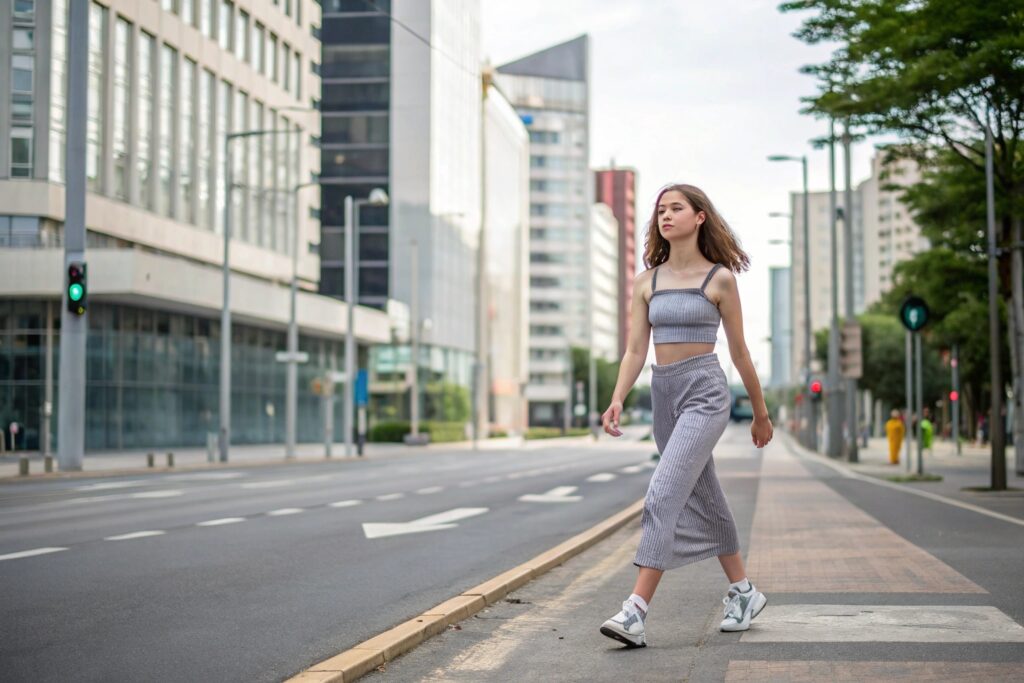
Why do parents often feel uncomfortable with short or tight clothing?
It’s not about the fabric—it’s about the context. Parents worry their daughters might be judged, harassed, or misunderstood based on what they wear. They may fear that revealing clothes attract unwanted attention or send the “wrong” message.
There’s also a generational gap. What feels normal to a teen might seem too bold or inappropriate to a parent. This disconnect leads to conflict, especially if communication breaks down.
Many parents also struggle with the pace of fashion change. When trends move fast, it’s hard to keep up—and harder to make sense of what’s appropriate.
How can families navigate this fashion tension without power struggles?
Here are a few suggestions that help both sides feel heard:
- Set clear, age-appropriate boundaries (e.g., school dress codes, family events)
- Separate style from behavior (focus on respect and intent, not just clothing)
- Model confidence and body positivity at home
- Keep communication open instead of creating shame
Use these talking points:
| Concern | Response Strategy |
|---|---|
| “This feels too mature.” | Ask how it makes her feel and where she plans to wear it. |
| “What will others think?” | Focus on self-respect and comfort, not public opinion. |
| “It’s not appropriate.” | Define why and suggest options that meet in the middle. |
| “You’re too young.” | Explain expectations while inviting her to share her side. |
Conclusion
Girls wear short or revealing clothes for reasons as diverse as fashion trends, personal growth, and identity. Understanding their motives builds stronger relationships, not just better wardrobes.

